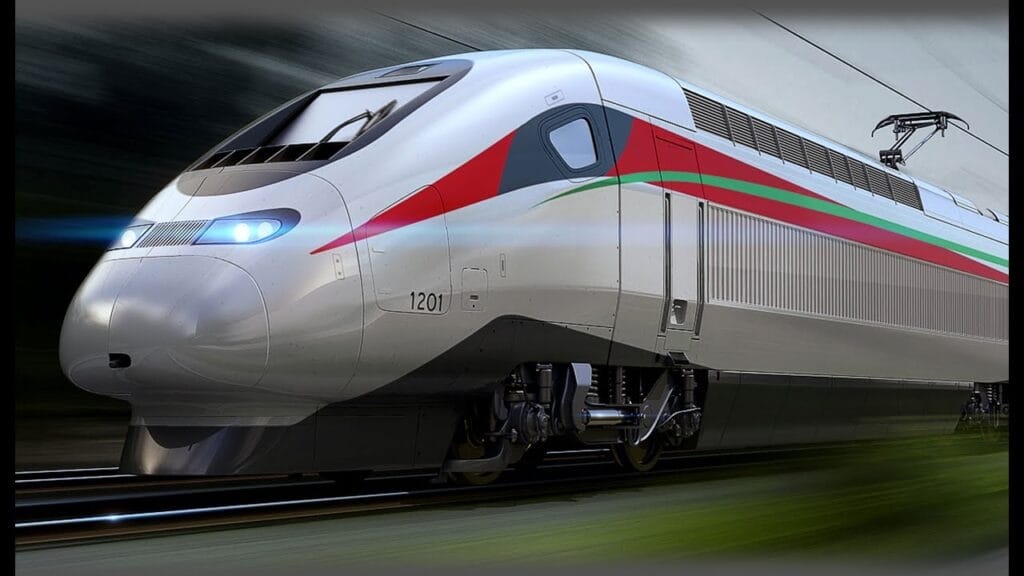Moroccan rail confirms its position as a leader in sustainable mobility. In 2024, the National Office of Railways (ONCF) succeeded in reducing its carbon footprint by 26%, a performance revealed in its latest ESG (Environmental, Social, and Governance) report.
While it accounts for only 0.43% of national greenhouse gas emissions and 1.9% of those from the transport sector, the train is establishing itself as a key player in the ecological transition. This low contribution results from a strategic shift initiated several years ago and pursued rigorously.
A well-established green strategy
The ONCF has converted 90% of its electric trains to green energy. This change is part of a comprehensive plan aimed at achieving carbon neutrality by 2035. Beyond greening its fleet, the Office is acting on several levers: eco-driving practices, eco-responsible design of railway equipment, solar power for stations, optimized waste management, and the integration of circular economy principles.
The efforts of the ONCF have been recognized internationally, notably through the attainment of ISO 14001 (environmental management) and ISO 50001 (energy efficiency) standards.
Concrete and measurable results
In one year, the Office’s emissions decreased from 297,000 tons of CO₂ to 219,000 tons. The carbon intensity of passenger transport also fell: 5.71 grams of CO₂ per kilometer, compared to 7.31 grams in 2023.
For freight, the reduction is even more pronounced: 13.02 grams of CO₂ per ton/km, down from 23.37 grams a year earlier. In absolute terms, 77,830 tons of CO₂ were avoided, equivalent to the annual emissions of 20,250 cars traveling daily on the Casablanca-Rabat highway, or the heating consumption of 10,900 households. This performance is comparable to the action of 2.1 million trees planted.
A strategic lever for decarbonization
With over 55 million passengers transported in 2024, the ONCF continues to establish itself as the preferred choice for Moroccans for their travel, while fully aligning with national emission reduction goals.
The Office plans to maintain its course through several large-scale projects: strengthening regional services, smart intermodality, digitalization… The goal is to make the train an essential pillar of low-carbon transport, capable of combining mobility growth with environmental respect.


